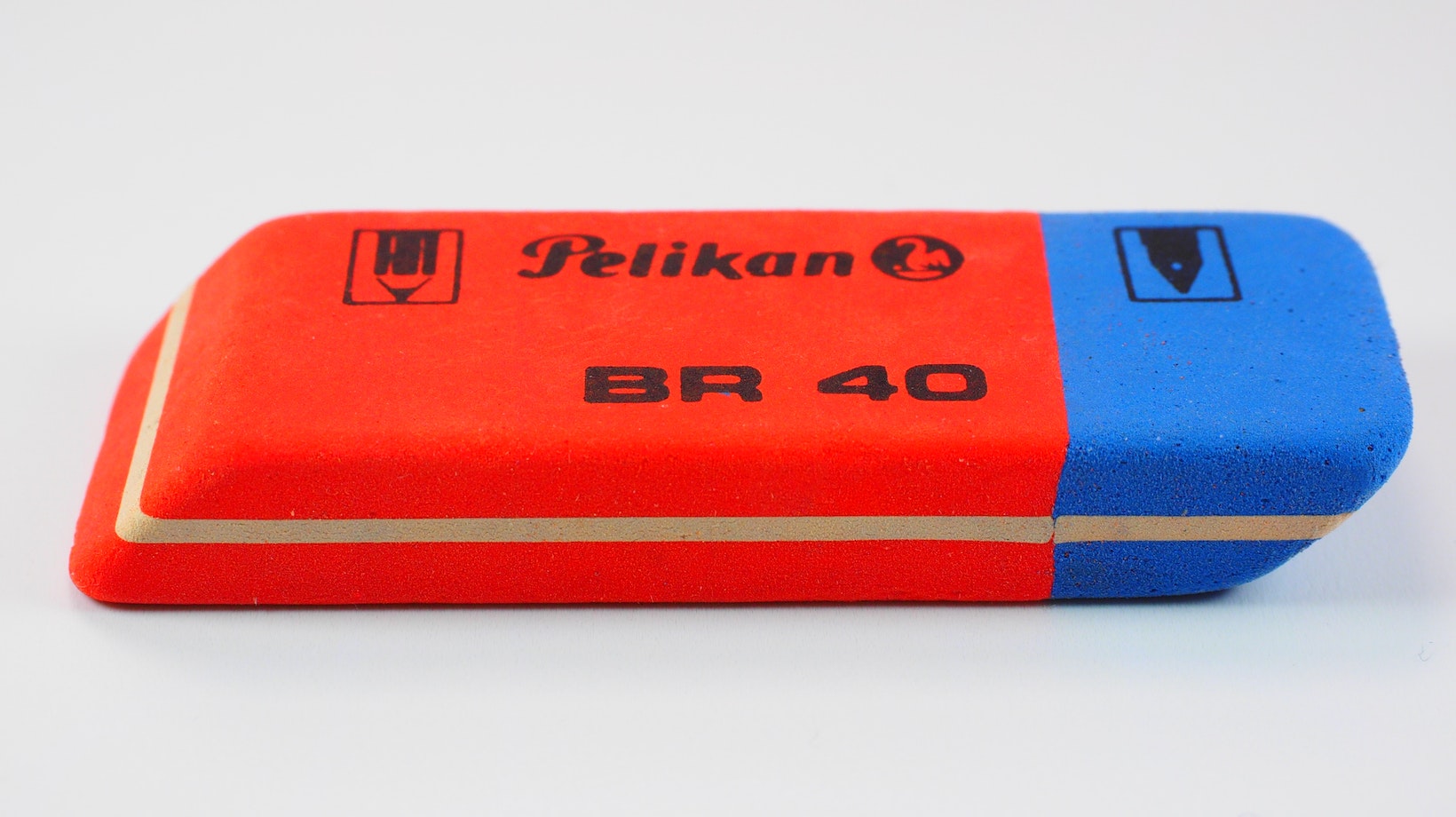If you’re looking to master the art of erasing in Illustrator, you’ve come to the right place. In this article, I’ll guide you through the steps on how to erase in Illustrator with ease and precision.
To begin erasing in Illustrator, select the object or path that you want to remove a portion of. Next, choose the Eraser tool from the toolbar on the left side of your screen. You can also simply press Shift + E as a keyboard shortcut to activate it.
Once you have the Eraser tool selected, hover over the area that you want to erase and click and drag your cursor along the path or object. The Eraser tool works by removing anchor points or segments within a path, creating smooth curves as it deletes.
Remember that if you accidentally erase too much or make a mistake, don’t panic! Illustrator’s undo feature (Ctrl + Z) is there to save you. You can also adjust your eraser settings by double-clicking on the Eraser tool icon to access options like brush size and shape dynamics for more control over your erasing process.
Table of Contents
ToggleUnderstanding the Eraser Tool in Illustrator
Using the Eraser Tool for Basic Erasing
When it comes to removing unwanted elements or cleaning up your artwork in Adobe Illustrator, the Eraser Tool can be a handy asset. This versatile tool allows you to easily erase parts of your design with precision and control.
To begin erasing in Illustrator, simply select the Eraser Tool from the toolbox or press Shift+E on your keyboard. Once activated, you’ll notice that there are various options available in the Control panel at the top of your screen. Here, you can adjust the size, shape, and opacity of your eraser brush according to your specific needs.
With the basic settings adjusted, it’s time to start erasing! Simply click and drag over the areas you want to remove, and watch as they disappear before your eyes. Remember that the Eraser Tool works by altering paths and shapes rather than deleting objects completely. So if you accidentally erase something important, don’t panic! Just use Undo (Ctrl+Z) to restore what was lost.
Exploring Advanced Erasing Techniques in Illustrator
While basic erasing is useful for simple edits, Illustrator offers advanced techniques that can take your erasing skills to new heights. One such technique is using Clipping Masks. By creating a clipping mask around an object or group of objects that need erasing, you can achieve more precise results without affecting other elements in your artwork.
To create a Clipping Mask, select both the object(s) you want to erase and another shape or path that will act as a mask. Then go to Object > Clipping Mask > Make (Ctrl+7). The masked area will confine any changes made with the Eraser Tool within its boundaries.
Another powerful technique is utilizing Opacity Masks for intricate editing tasks. With Opacity Masks, you have greater control over how objects interact with each other. By applying an Opacity Mask to the object you want to erase, you can create complex effects and seamlessly blend different elements together.
To apply an Opacity Mask, select the object(s) you want to modify and go to the Transparency panel. Click on the “Make Mask” button at the bottom of the panel, and then use a grayscale image or gradient as your mask. Adjusting the opacity of different areas in the mask allows you to selectively erase parts of your design while maintaining transparency in others.

How to Erase in Illustrator
To make your erasing process more efficient and effective, here are some tips and tricks:
- Zoom In: When working on intricate details, zooming in will help you achieve greater accuracy while erasing.
- Use Keyboard Shortcuts: Familiarize yourself with keyboard shortcuts like [ ] (square brackets) to increase or decrease brush size on-the-fly.
- Experiment with Blending Modes: Try using different blending modes such as Multiply or Screen when erasing objects on top of others to create interesting effects.
- Work Non-Destructively: Create a duplicate layer or group before starting any major erasing. This way, you can always revert back if needed.
- Combine Tools: Don’t limit yourself to just one tool! Experiment with combining the Eraser Tool with other tools like Pathfinder or Shape Builder for even more control over your edits.
By understanding how to utilize the Eraser Tool effectively and exploring advanced techniques, you’ll be able to master the art of erasing in Adobe Illustrator. So go ahead, experiment, and let your creativity flow!






